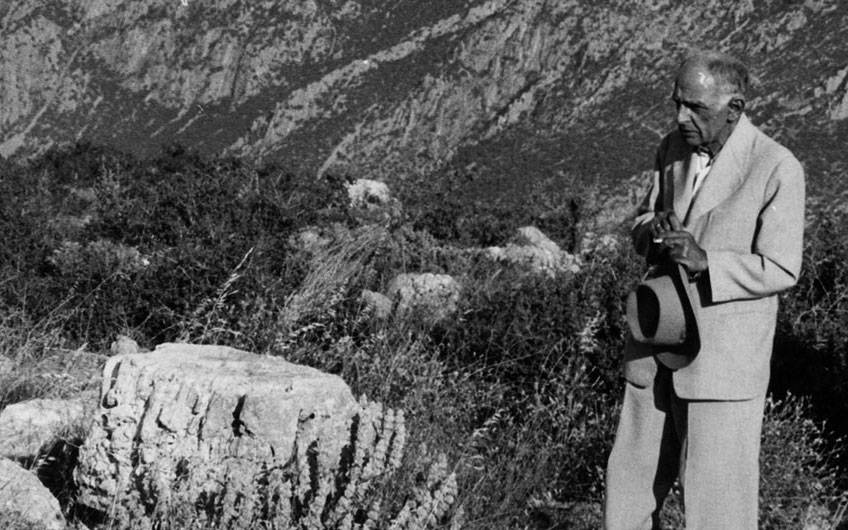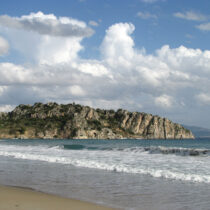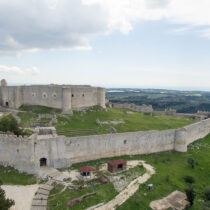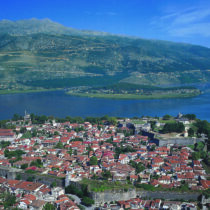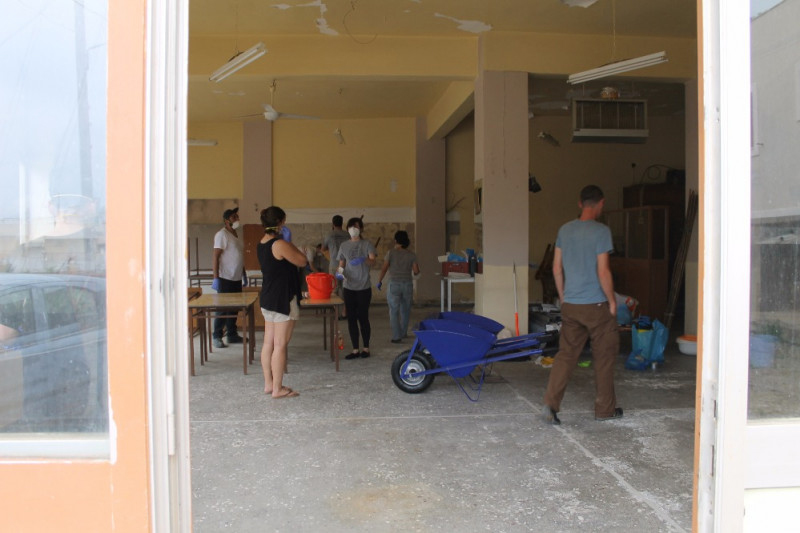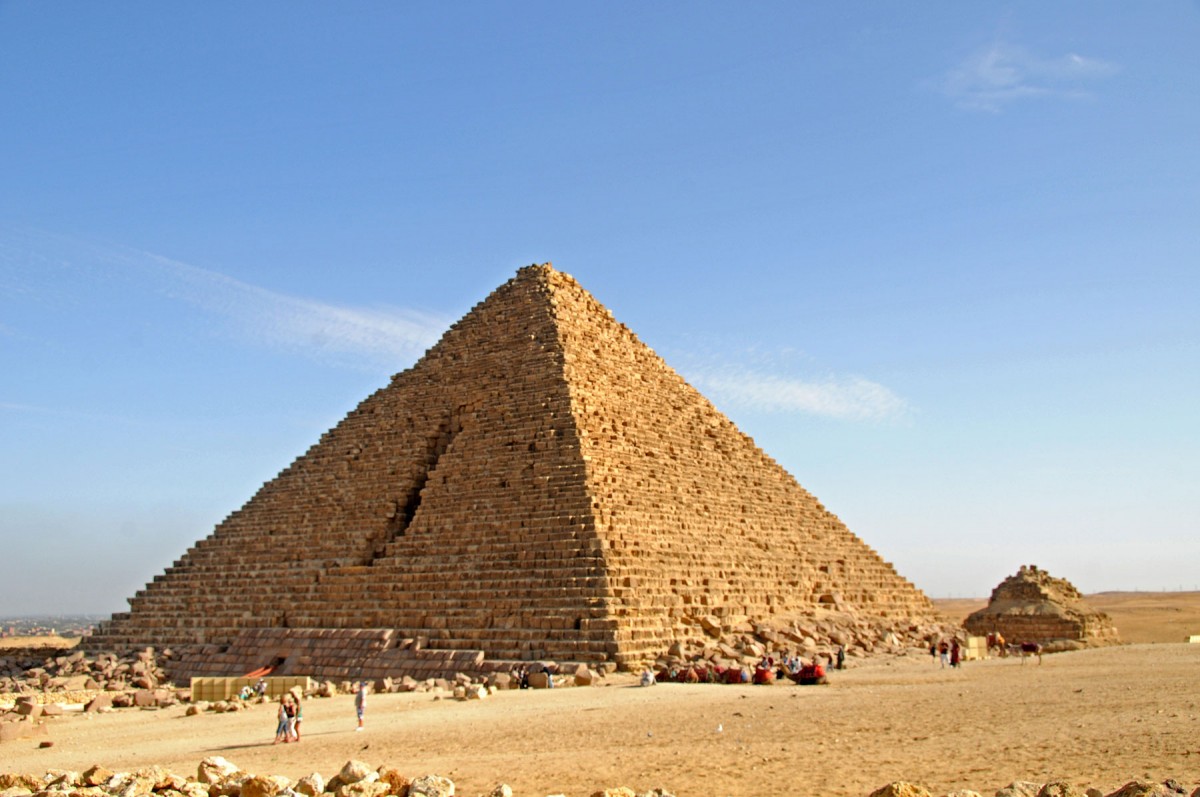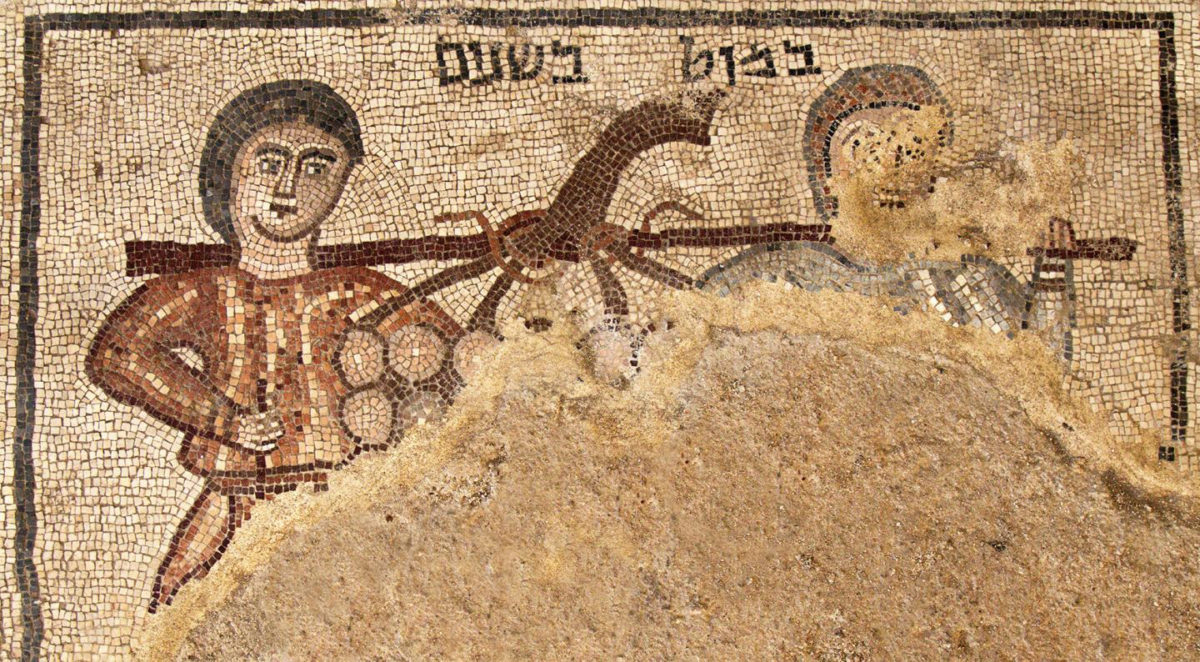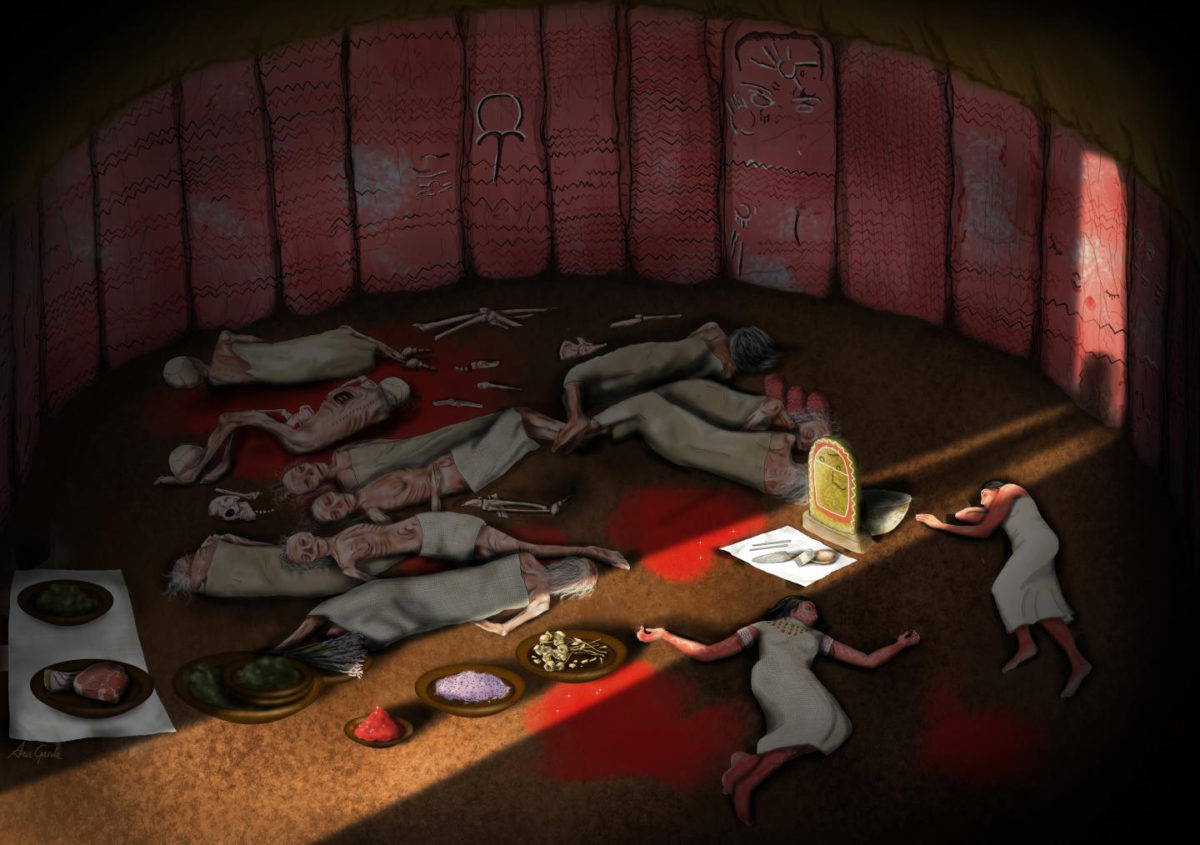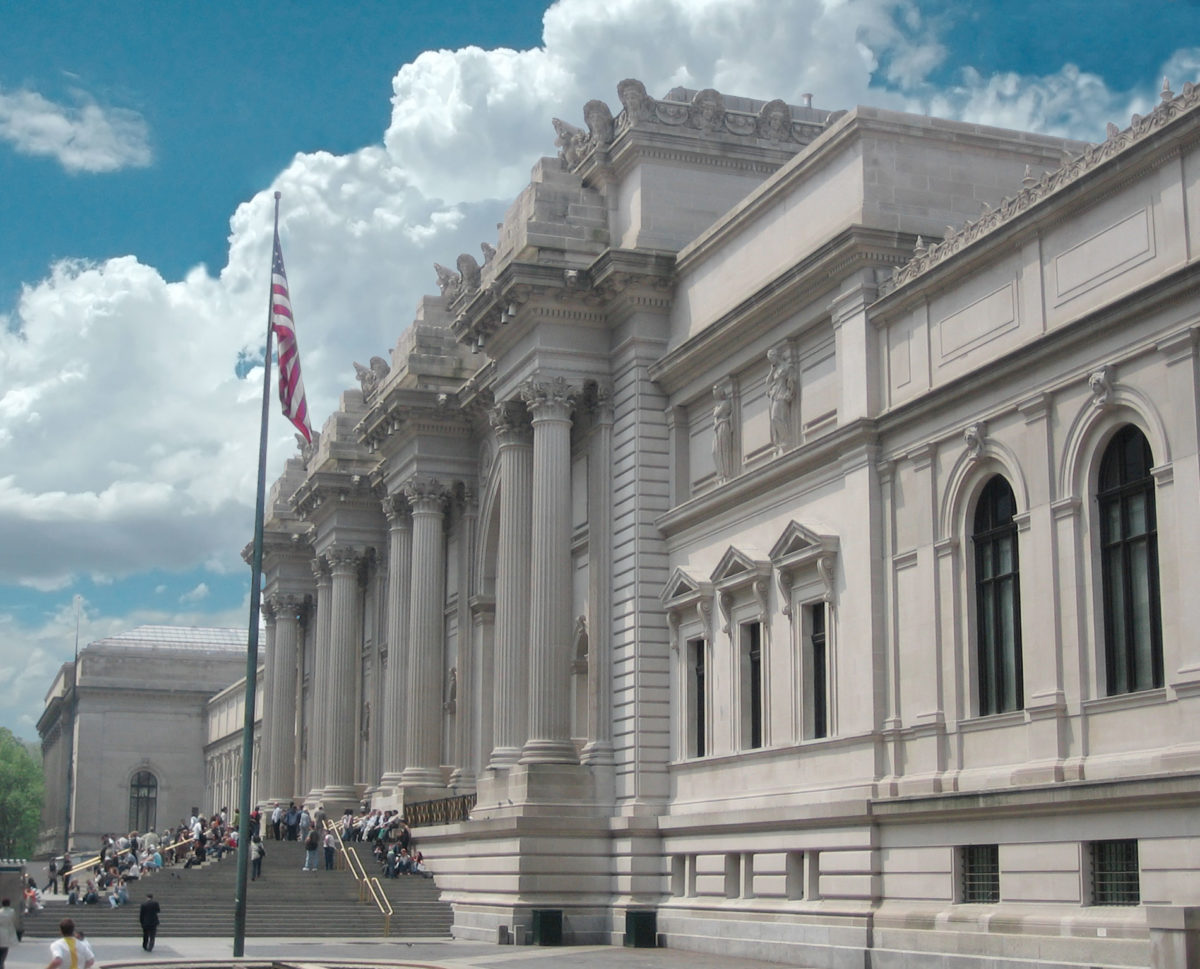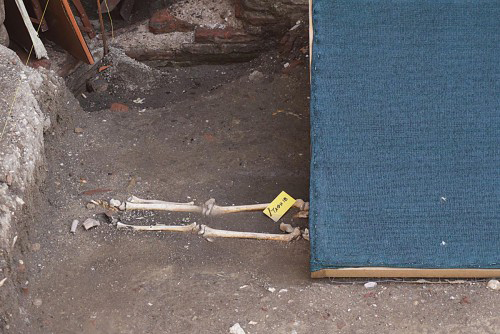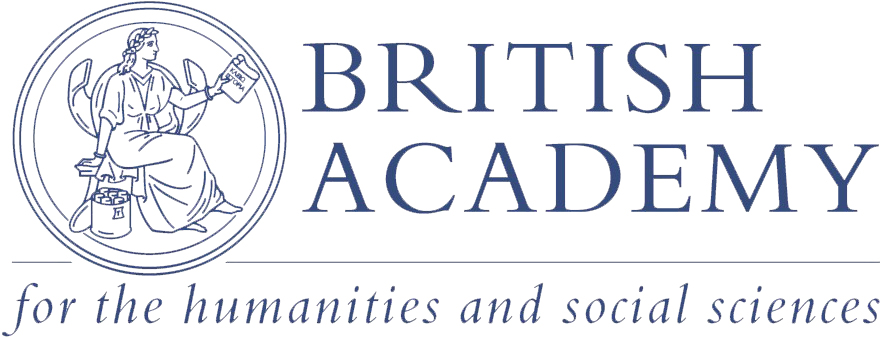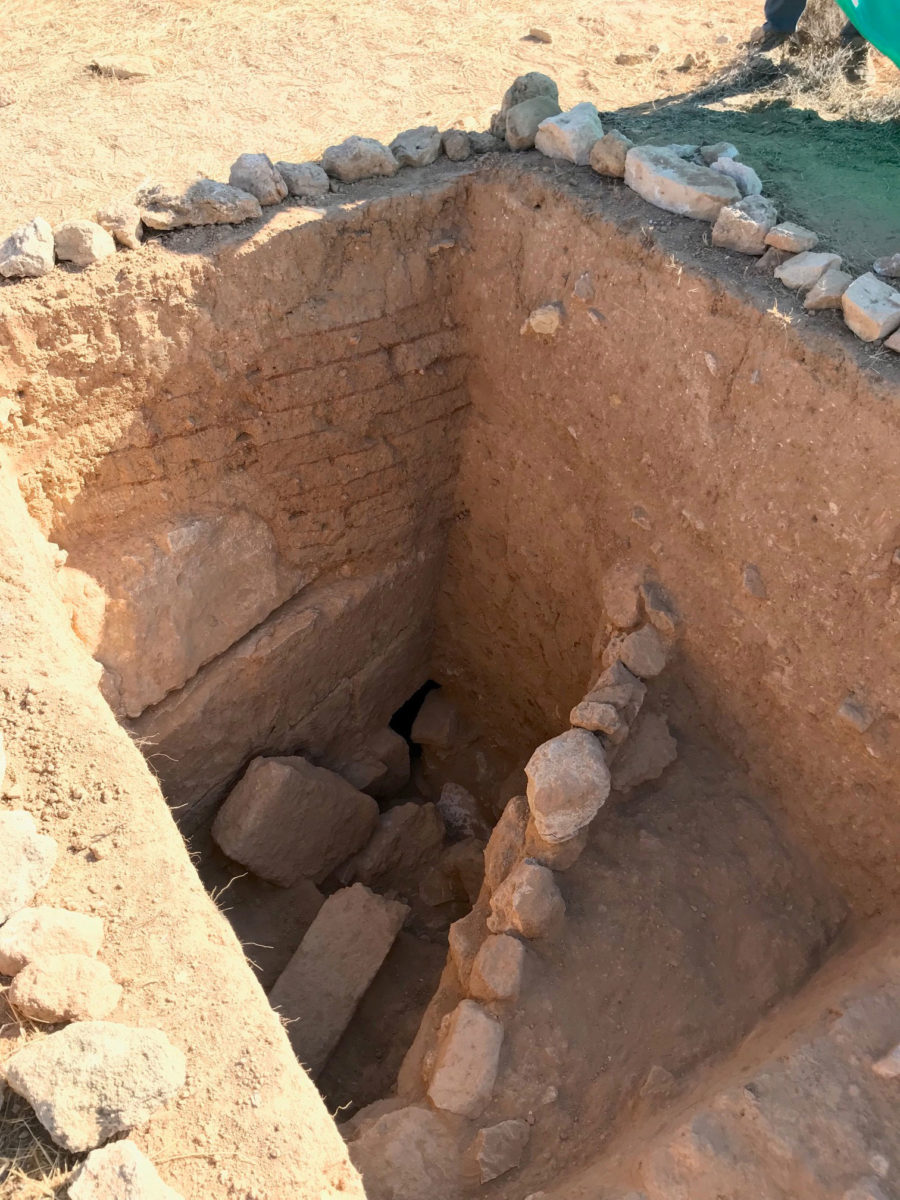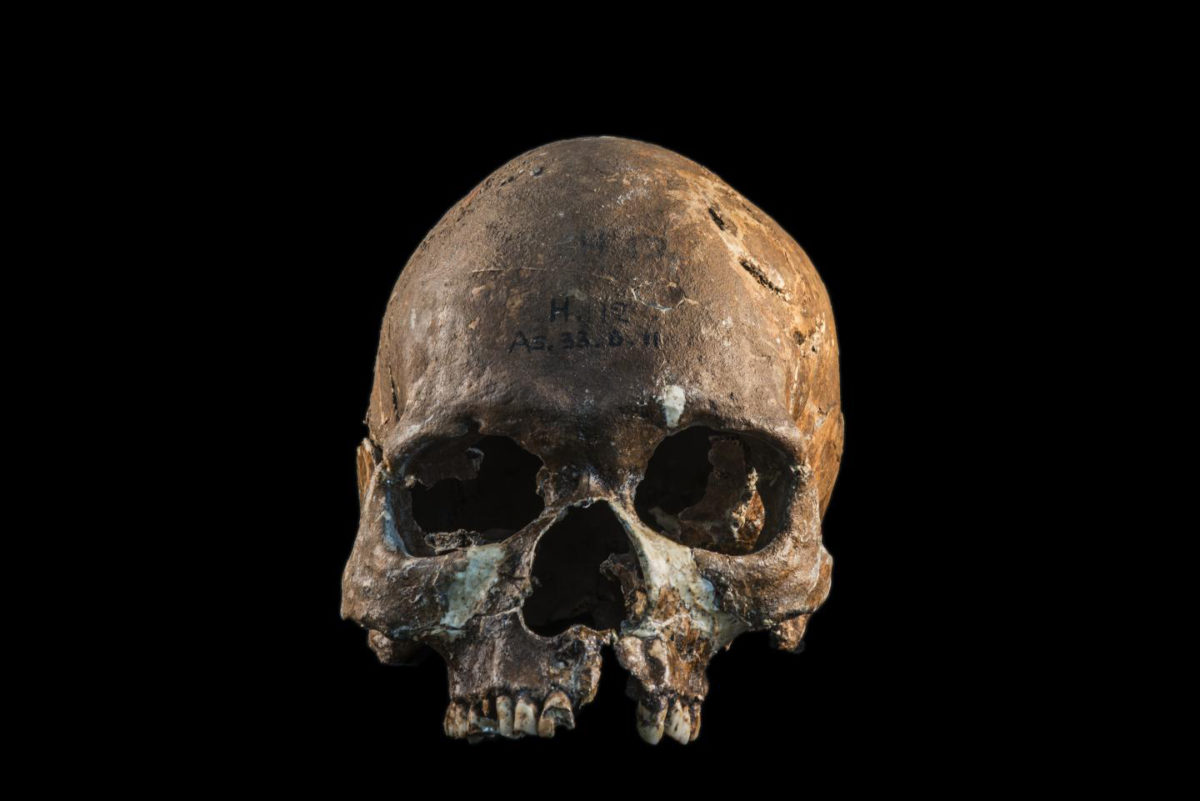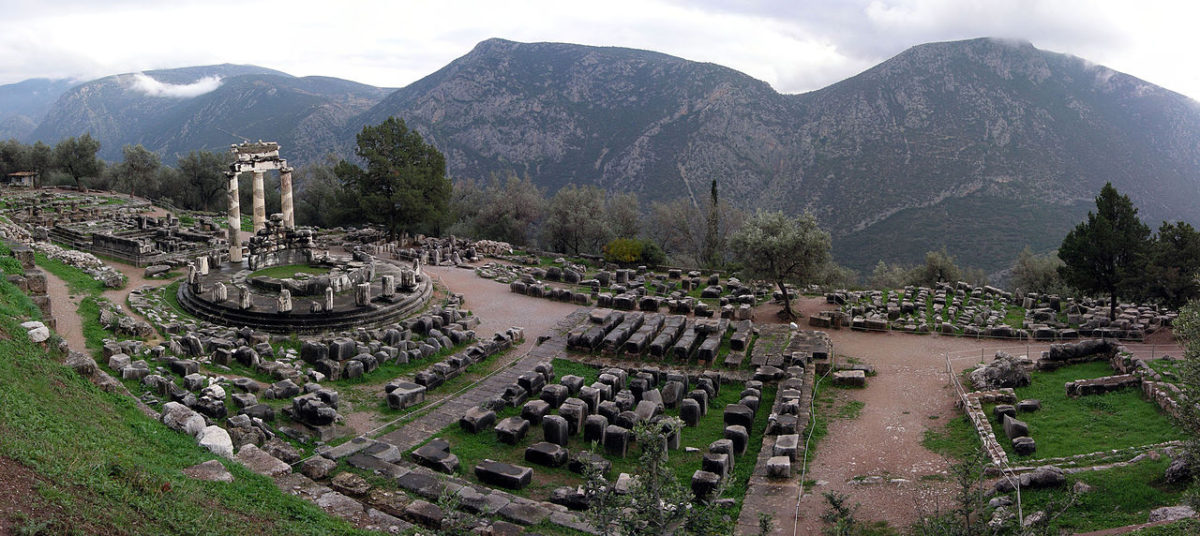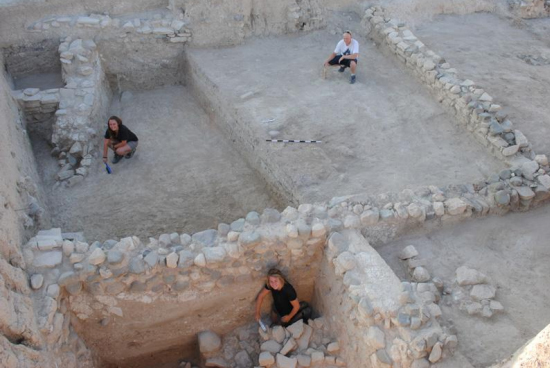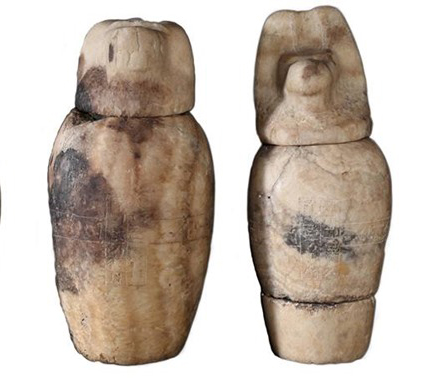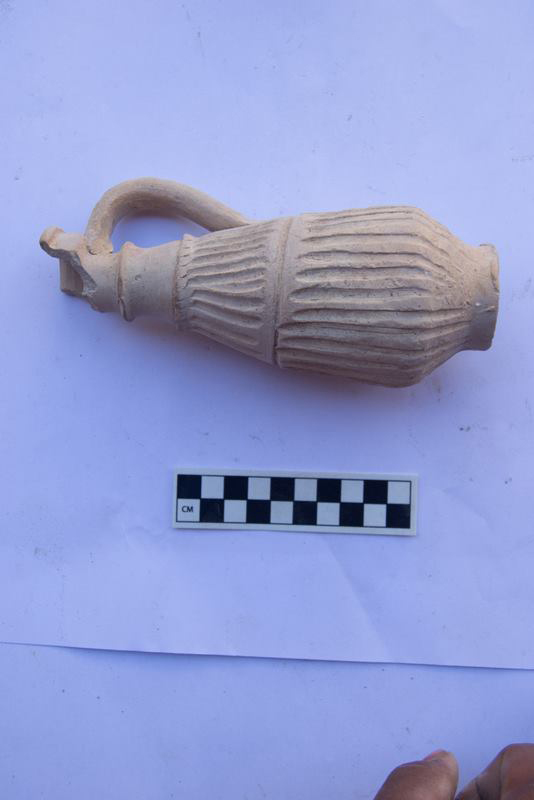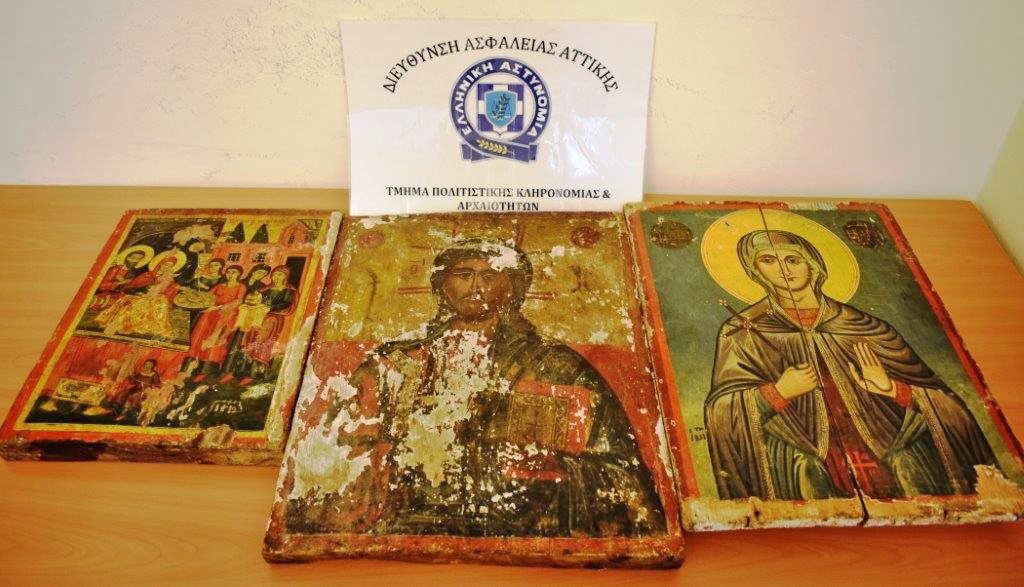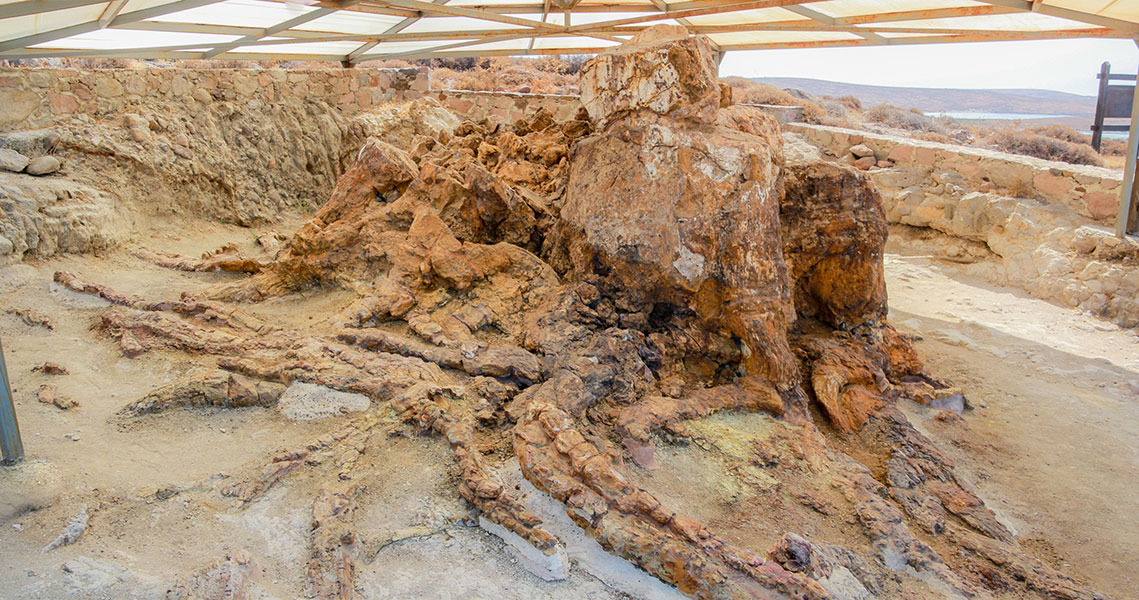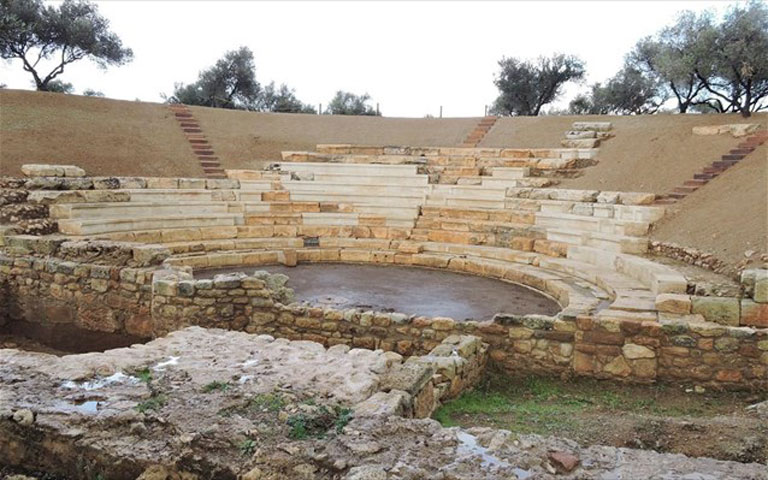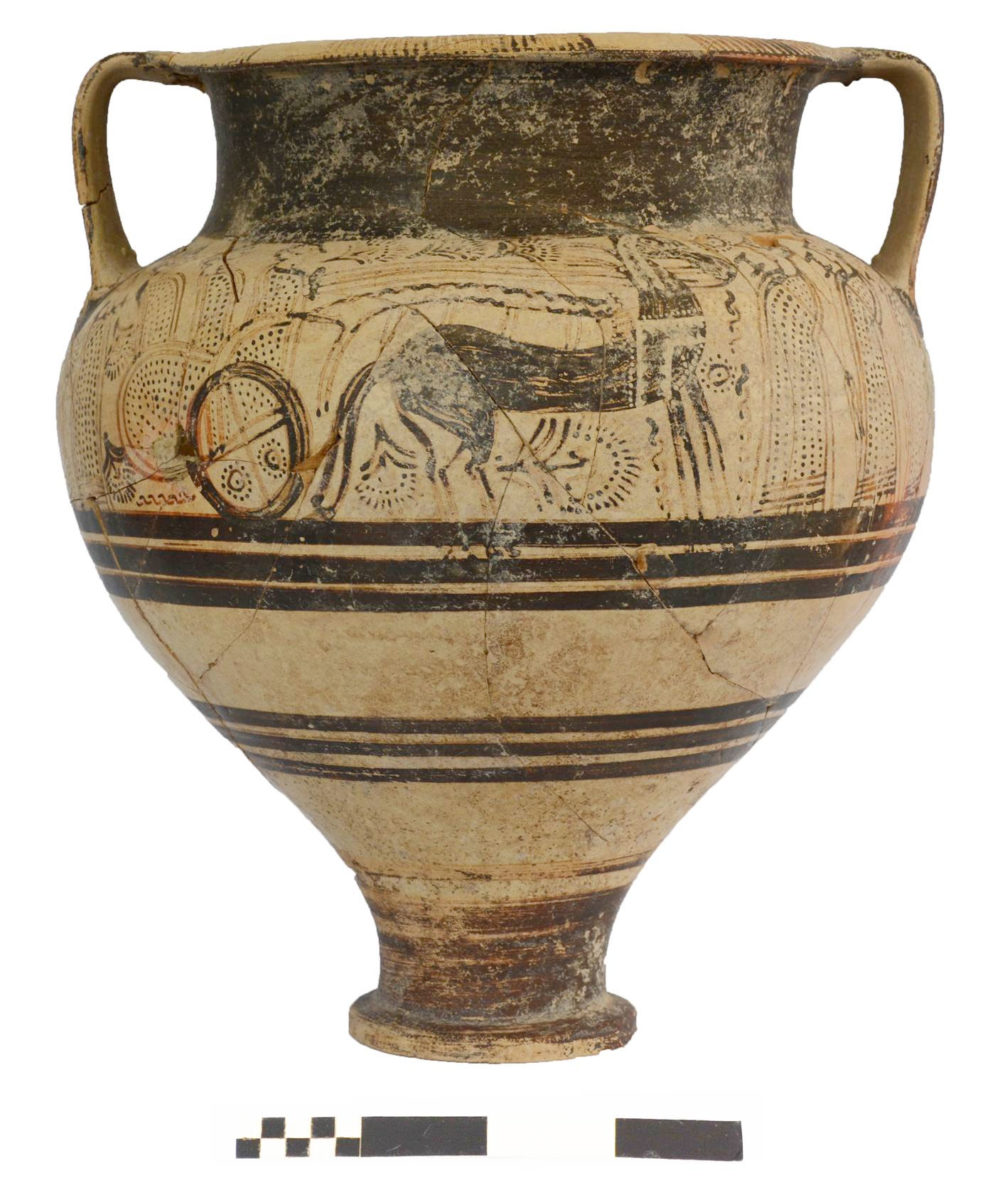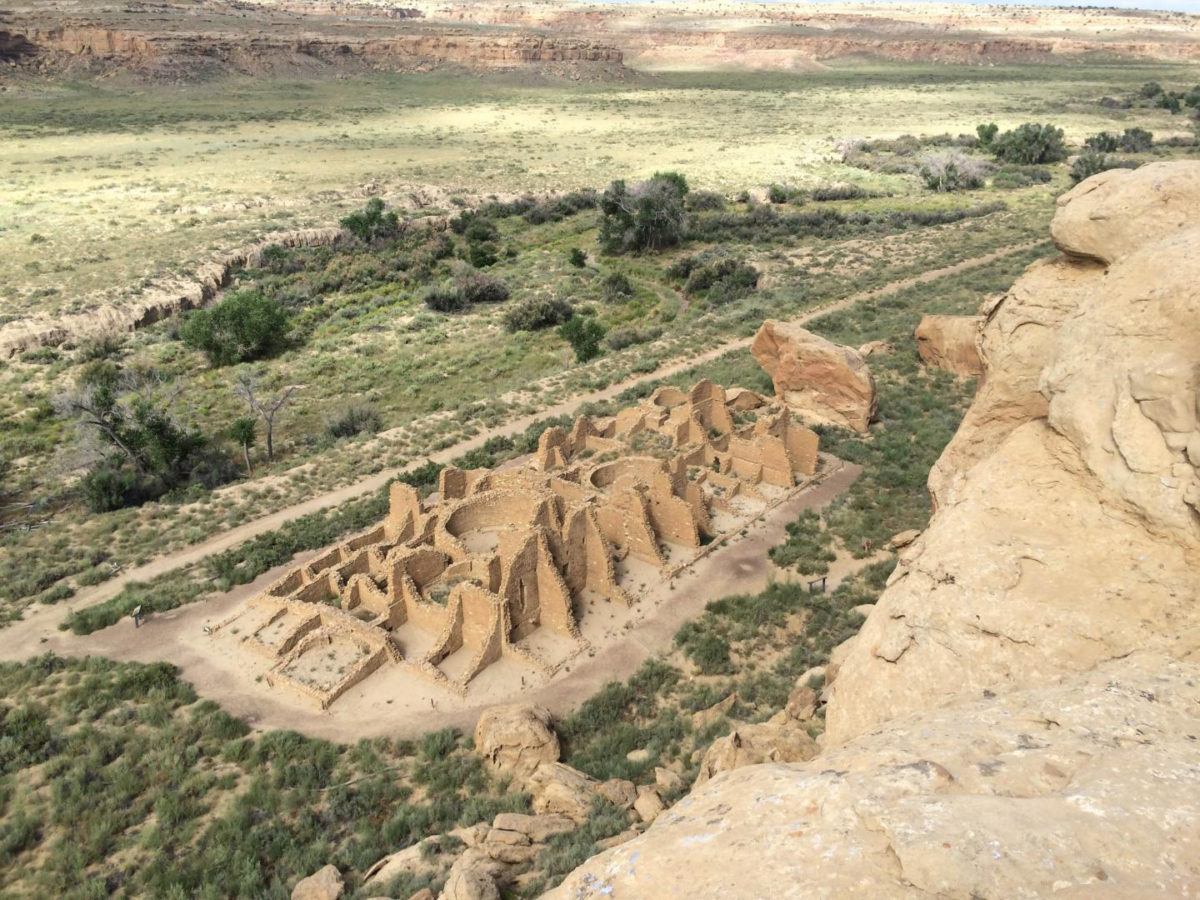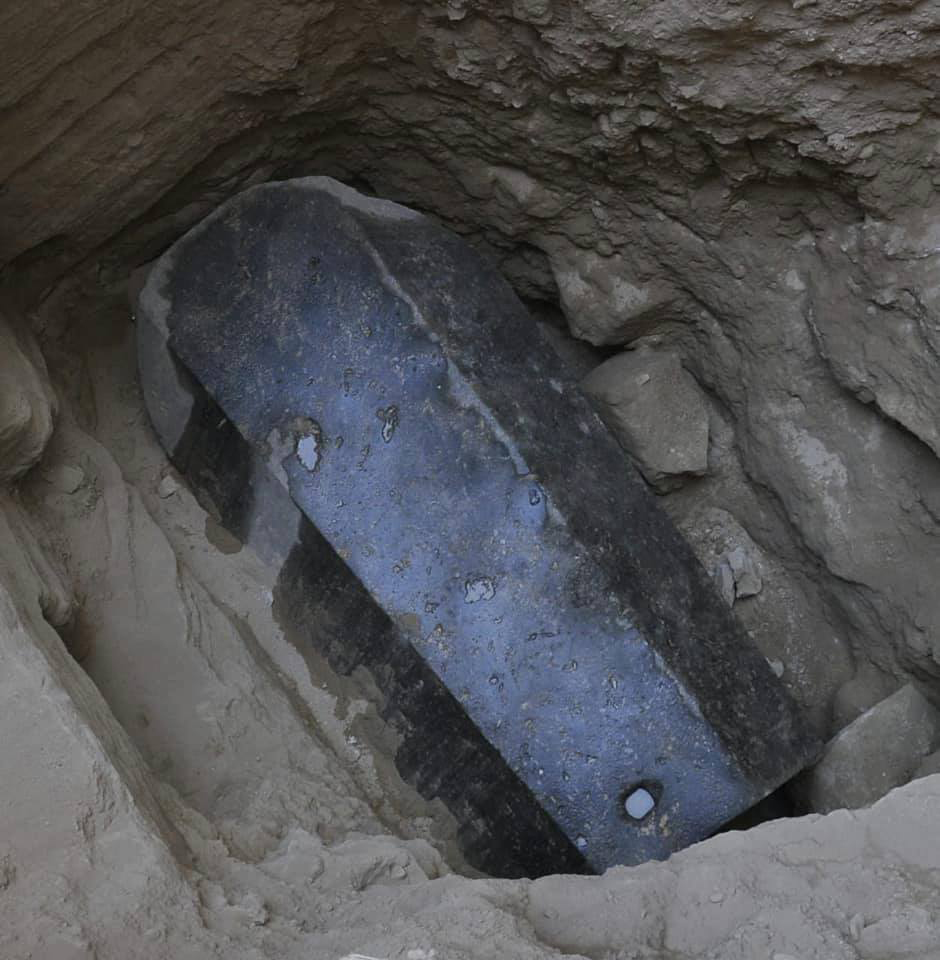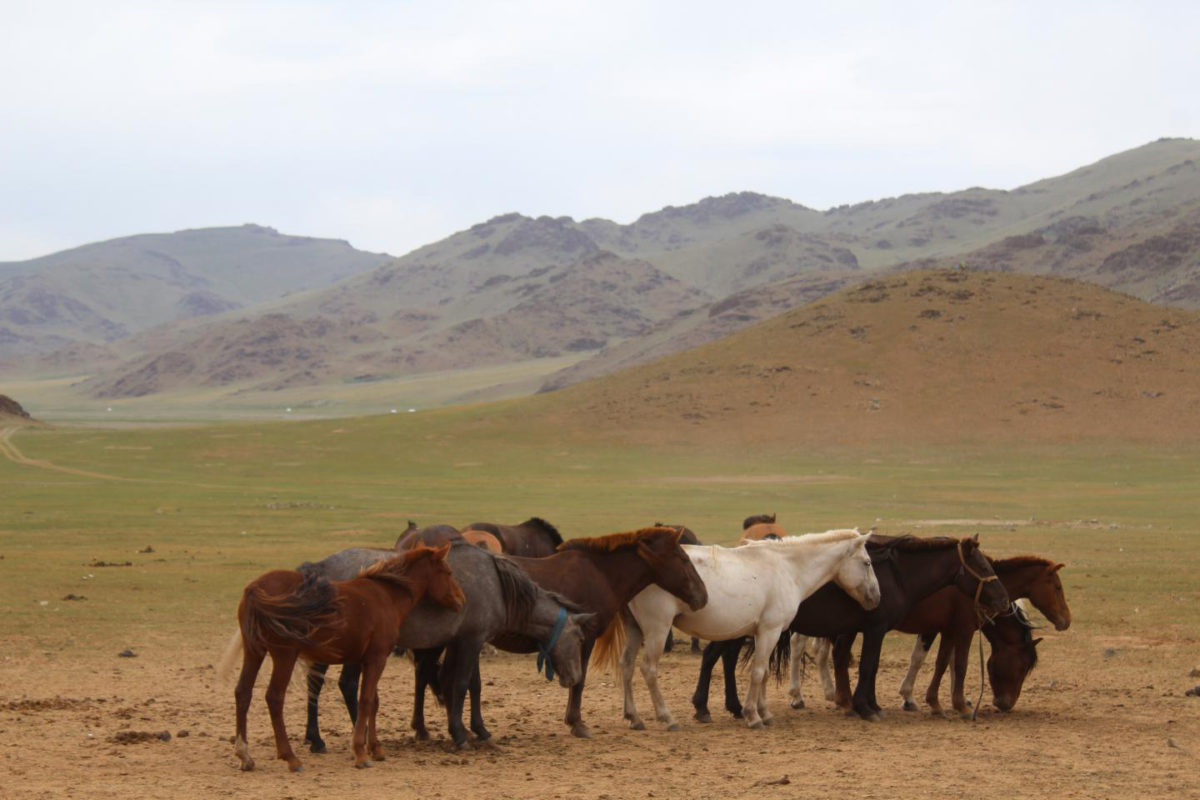The Ziller-Loverdos Mansion will open to the public in February 2019
The three storey mansion was built by the famous German architect in 1885 and he resided there with his family till 1912.
The Myneco Project (Mycenaean Northeastern Kopais)
An appeal for a small contribution for the development of the lab and storerooms for the antiquities unearthed in the framework of the Mycenaean Northeastern Kopais Project.
An archivist for “Pyramids & Progress” project
The Université libre de Bruxelles is offering a position for an archivist (1 year full-time, renewable) for the project "Pyramids and Progress: Belgian expansionism and the making
of Egyptology, 1830-1952".
Discoveries by archaeology team give new clues on life in ancient Jewish village
The discoveries indicate villagers flourished under early fifth century Christian rule, contradicting a widespread view that Jewish settlement in the region declined during that period.
The best radiocarbon-dated site in all recent Iberian prehistory
Experts have reconstructed the social processes and cultural phenomena that occurred in the archeological site of Valencina (Andalusia) between the 32nd and 24th centuries BCE.
Met Museum sets new attendance record with more than 7.35 million visitors
The Metropolitan Museum of Art announced today that it welcomed more than 7.35 million visitors to its three locations—The Met Fifth Avenue, The Met Cloisters, and The Met Breuer—in the fiscal year that ended on June 30.
Human bones brought to light by excavations in the centre of Komotini
The bones were discovered at a spot between the Metropolitan Church of the Dormition of the Virgin Mary and the town’s Byzantine Fortress where works are being conducted by the Ephorate of Antiquities of Rodopi.
British Academy Postdoctoral Fellowships through Oxford
The Classics Faculty at the University of Oxford invites expressions of interest from postdoctoral and completing graduate scholars who wish to apply for a British Academy Postdoctoral Fellowship.
Pyla-Koutsopetria: Previously unknown Hellenistic fortification revealed
In the summers of 2008, 2009, and 2012 PKAP field teams excavated a series of small soundings on the plateau of Pyla-Vigla that revealed the presence of a previously unknown Hellenistic fortification.
Ancient DNA testing solves 100-year-old controversy in Southeast Asian prehistory
Two competing theories about the human occupation of Southeast Asia have been debunked by ground-breaking analysis of ancient DNA extracted from 8,000 year-old skeletons.
Logistics in Greek Sanctuaries. Exploring the Human Experience of Visiting the Gods
The conference adopts the perspective of the human visitors to Greek sanctuaries.
Politiko-Troullias: An archaeological window on the farming and mining communities
The 2018 archaeological investigations featured expanded analysis of archaeological evidence excavated and surveyed between 2004 and 2017.
Set of canopic jars found in the tomb of Karabasken
An Egyptian-American mission of the South Asasif Conservation Project succeeded to discover a collection of a well-preserved set of canopic jars in the tomb of Karabasken.
Ancient American dogs almost completely wiped out by arrival of European breeds
The arrival of Europeans to the Americas, beginning in the 15th century, all but wiped out the dogs that had lived alongside native people on the continent for thousands of years.
A cache of pottery vessels found in Alexandria
Cachette found in the inner garden of the Graeco-Roman museum in Alexandria.
Icons in the Post Byzantine style in the illegal possession of two individuals in Achaia
Last Thursday lunchtime, two individuals were arrested by police of the Department of Cultural Heritage and Antiquities of the Hellenic Police.
Our human ancestors walked on two feet but their children still had a backup plan
Findings from the most complete foot of ancient human child ever.
Guided tour of the Plaka Petrified Forest Park
An afternoon walk along specially laid out paths leading to 50 fossiliferous sites in the Plaka Park.
Chania’s only restored ancient theatre in Crete
The ancient theatre of Aptera is a cultural land mark and a site that attracts a considerable number of visitors.
Tomb with significant finds discovered in Dromolaxia
In April and June 2018, A Swedish team, headed by Professor Peter M. Fischer from the University of Gothenburg, carried out excavations at the Late Cypriot harbour city of Dromolaxia-Vyzakia.
Ancestral people of Chaco Canyon likely grew their own food
University of Cincinnati researchers found the soils in New Mexico could support agriculture, suggesting the people who lived there 1,000 years ago were self-sufficient.
Ancient Ptolemaic Tomb Found in Alexandria
An Egyptian archaeological mission from the Supreme Council of Antiquities uncovered an ancient tomb dating back to the Ptolemaic period.
Dressing divinely: clothed or naked deities and devotees
The XVII International ARYS Colloquium "Dressing divinely: clothed or naked deities and devotees" will take place at Jarandilla de la Vera, on 13-14 December 2018.
Oldest evidence of horse veterinary care discovered in Mongolia
New research reveals that the practice of veterinary dentistry was innovated on the open steppes of Mongolia and eastern Eurasia — and dates back more than 3,000 years.
